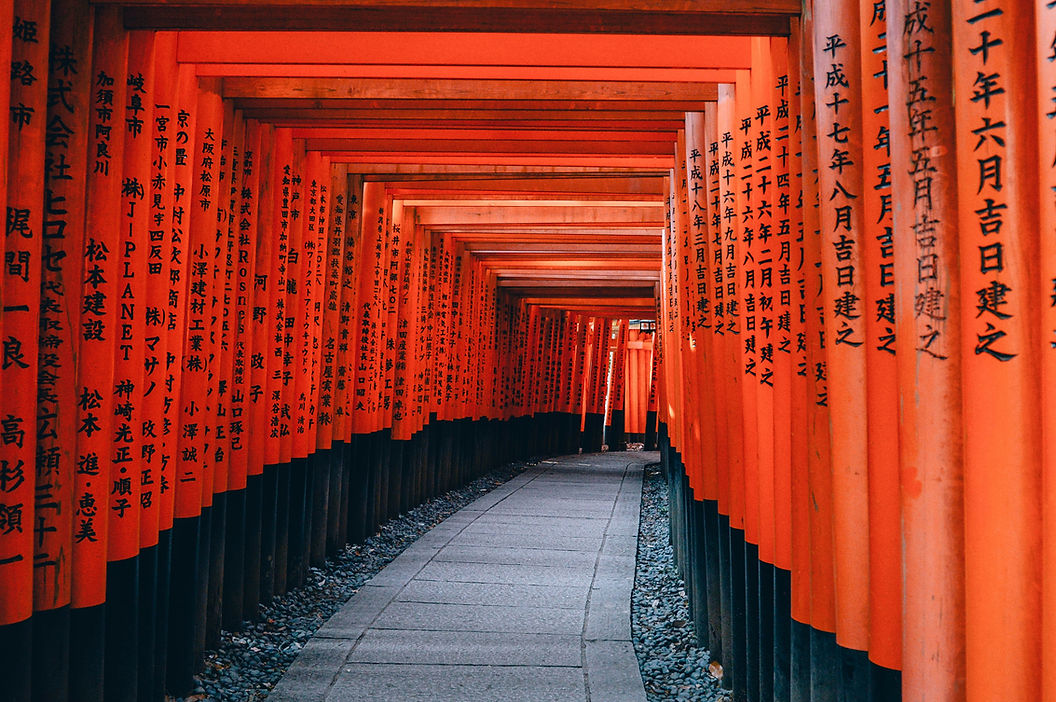

SHINTOISM
OVERVIEW
The word Shinto, or 'the way of kami’ (sacred or divine power, usually referring to the gods), was introduced in Japan as a way of distinguishing indigenous Japanese spiritual beliefs from the major religion of Buddhism. Consisting mainly of a set of social practices, and profoundly influenced by Buddhism, Taoism, and Confucianism, this religion has no official sacred scriptures.
Shintoism has 90 million followers and around 81,000 Shinto shrines throughout the country. The local landscapes in which the shrines are built, in forested groves or other largely green areas, mark an important dimension of their sacredness.
'The ancient Japanese considered that all things of this world have their own spirituality, as they were born from the divine couple. Therefore the relationship and connection between the natural environment and the people was that of blood kin like the one between siblings.'
– Association of Shinto Shrines
BELIEFS & VALUES
Shinto beliefs & values share much common ground with conservation.

Sacred Spaces: Shinto shrines are dedicated to the deities (kami) and are usually found within a sacred grove. There are kami associated with rocks, trees, wind and sun. The Shinto shrine is approached through a gateway called a torii, signifying entrance to a sacred space. The sacred groves (chinju no mori) around Shinto shrines are revered as the dwelling place of the kami and it is the forests and not the buildings that mark the true shrines of Shintoism. The kami protect the community, and the community protect the kami by preserving the forest habitat. Most of Japan’s largest and oldest trees (some dating back several thousand years) lie within chinju no mori, protected because of their sanctity.
Co-existence with nature: The Shinto see themselves as protected by creation, and that both humans and nature are children of kami, and live together as members of the same family. Co-existence with nature and reverence for nature forms an important part of the Shinto tradition. Shintoism emphasises the web of mutual relationships that bind us not only to other people, but also with the natural environment.
Purification: Ritual forms a large part of Shinto practice, and purification rituals are regularly performed to ensure balance between nature, humans, and deities.

Be inspired
STORIES FROM THE FIELD

Find partners
Groups working on Shintoism & conservation
Association of Shinto Shrines (Jinja Honcho) – Jinja Honcho was formed in 1946 with the consensus of 80,000 Shinto shrines throughout the Japanese archipelago.









